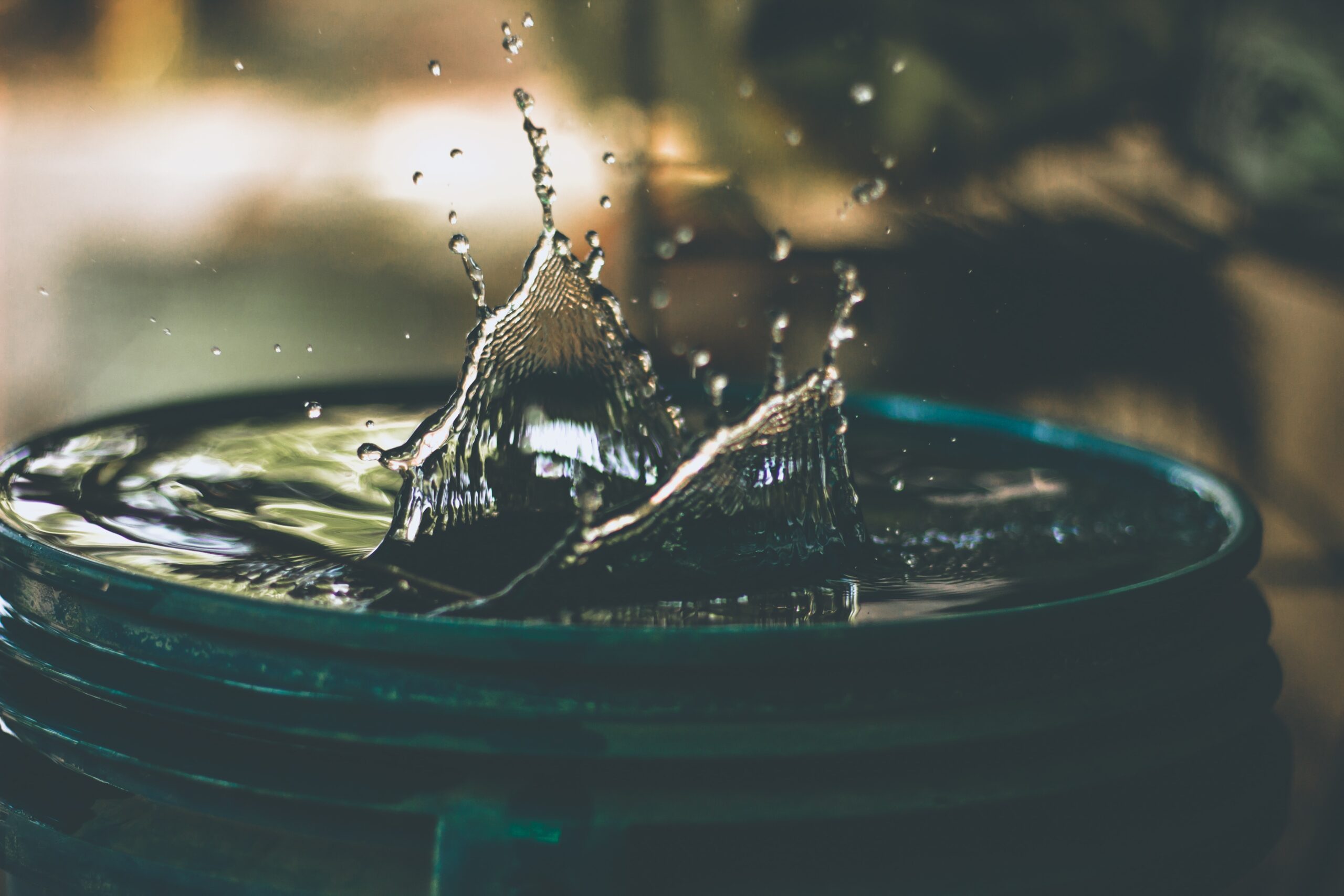In this article, you’ll learn about the Water Level Data Logger. We’ll discuss how it works, its applications, and the benefits it offers. You’ll discover how this device can be a valuable tool for monitoring water levels in various settings. Whether you’re a researcher, an engineer, or simply curious about the technology, this article will provide you with a comprehensive understanding of the Water Level Data Logger. So let’s get started and explore the fascinating world of water level data logging together!

What is a Water Level Data Logger?
Definition of a Water Level Data Logger
A water level data logger is a device that is designed to measure and record the water level or depth in bodies of water such as lakes, rivers, or groundwater wells. It is a valuable tool for professionals in various fields, including hydrologists, environmental scientists, and water resource managers, as it provides important data for monitoring and managing water resources.
Purpose of a Water Level Data Logger
The main purpose of a water level data logger is to collect accurate and reliable data on water levels over time. This data is crucial for understanding water dynamics, predicting floods, monitoring groundwater levels, and assessing the overall health of water resources. By continuously recording water level data, these loggers offer valuable insights into the quantity and quality of water in various ecosystems.
Components of a Water Level Data Logger
Pressure Sensor
The pressure sensor is a key component of a water level data logger. It is responsible for measuring the pressure exerted by the water column above it. This measurement is then converted into a corresponding water depth reading using a mathematical algorithm.
Data Transmitter
The data transmitter is used to send the collected data from the water level data logger to a central monitoring station. It can be a wired or wireless connection depending on the specific model of the data logger. The transmitter allows for real-time monitoring and immediate access to the collected data for analysis and decision-making purposes.
Battery
A water level data logger is typically powered by a battery. The type and capacity of the battery can vary depending on the specific model, but it is essential for ensuring continuous operation of the data logger. Some advanced models may come with rechargeable batteries for extended and more sustainable use.
Microcontroller
The microcontroller is the brain of the water level data logger. It processes the data from the pressure sensor, manages the power supply from the battery, and controls the operation of the data transmitter. It also allows for customization and programming of the data logger to suit specific monitoring requirements.
How Does a Water Level Data Logger Work?
Sensor Measurement
The water level data logger starts its operation by measuring the pressure exerted by the water column above it. The pressure sensor accurately measures this pressure and converts it into a corresponding water depth reading using a pre-defined algorithm. This measurement is then recorded and stored for further analysis.
Data Recording
After the water level measurement is taken, it is recorded and stored in the internal memory of the data logger. The data logger can store a large amount of data, allowing for continuous monitoring over extended periods of time. The recorded data can then be accessed and downloaded for analysis at any time.
Transmission of Data
The water level data logger is equipped with a data transmitter for real-time monitoring and immediate access to the collected data. The transmitter can be connected to a central monitoring station through wired or wireless communication and allows for remote access and control. This enables professionals to monitor water levels and respond promptly to any changes or emergencies.
Installation of a Water Level Data Logger
Selecting a Suitable Location for Installation
When installing a water level data logger, it is important to choose a suitable location that accurately represents the water body being monitored. The logger should be placed in an area where it will not be subject to excessive turbulence or debris, as this can affect the accuracy of the measurements. It is also important to consider accessibility for maintenance and data retrieval purposes.
Mounting the Logger Properly
To ensure accurate readings, the water level data logger needs to be mounted securely in place. It should be properly anchored or secured to a structure, such as a pier or a vertical pipe, to prevent any movement or displacement. Mounting brackets or straps are often provided with the data logger for this purpose.

Calibrating a Water Level Data Logger
Importance of Calibration
Calibration is a crucial step in ensuring the accuracy and reliability of a water level data logger. Over time, the performance of the pressure sensor may change due to environmental factors, such as temperature variations or sediment buildup. Regular calibration helps to minimize these effects and maintain accurate readings.
Calibration Process
The calibration process involves comparing the readings of the water level data logger with a known reference. This reference can be a manual measurement taken with a trusted device or a benchmark measurement from a reliable source. Any discrepancies between the readings are then used to adjust the calibration settings of the data logger to improve the accuracy of future measurements.
Benefits of Using a Water Level Data Logger
Accurate Data Collection
One of the main benefits of using a water level data logger is the accurate and reliable data it provides. With precise measurements, professionals can make informed decisions regarding water resource management, flood prediction, and groundwater studies. This data is essential for maintaining the health and sustainability of water ecosystems.
Real-time Monitoring
Water level data loggers equipped with data transmitters allow for real-time monitoring of water levels. This enables professionals to respond promptly to any changes in water levels and take necessary actions to prevent or mitigate potential risks. Real-time monitoring is especially valuable during flood events or when managing limited water resources.
Cost-effective Solution
Using a water level data logger is a cost-effective solution for monitoring water levels compared to traditional manual measurements. Automated data collection and transmission eliminate the need for frequent site visits and reduce labor costs. It also allows for continuous monitoring over extended periods of time, providing valuable insights into long-term trends and patterns.

Applications of Water Level Data Loggers
Flood Monitoring
Water level data loggers are often used for flood monitoring and prediction. By continuously monitoring water levels in rivers and other water bodies, professionals can assess the risk of flooding and issue timely warnings. This helps to minimize damage to infrastructure, protect lives, and facilitate effective disaster response.
Groundwater Studies
Water level data loggers are also used in groundwater studies to monitor changes in groundwater levels over time. Groundwater is an important source of freshwater for many communities, and proper management requires accurate data on its availability and sustainability. Water level data loggers provide valuable insights into groundwater dynamics and enable informed decision-making.
Water Resource Management
Water level data loggers play a crucial role in water resource management. By continuously monitoring water levels in lakes, reservoirs, and other water storage facilities, professionals can track water availability and make informed decisions regarding water allocation. This data is essential for sustainable water resource planning and managing competing demands.
Maintenance and Troubleshooting
Regular Maintenance
Regular maintenance is important to ensure the proper functioning of a water level data logger. This includes inspecting the logger for any physical damage, cleaning the pressure sensor to remove debris or sediment buildup, and checking the battery life. It is also important to regularly download and analyze the collected data to identify any issues or anomalies.
Common Issues and Solutions
Common issues with water level data loggers include sensor drift, battery failure, or issues with data transmission. Sensor drift can be addressed through regular calibration, while battery failure can be prevented by monitoring battery life and replacing it when necessary. Issues with data transmission can be resolved by checking the connectivity and troubleshooting any potential network or software issues.
Data Analysis and Interpretation
Analyzing Collected Data
The collected data from a water level data logger can be analyzed using various statistical and graphical techniques. This analysis helps to identify trends, patterns, and anomalies in water level fluctuations. By comparing the data with historical records or other relevant data sets, professionals can gain valuable insights into the behavior of the water body and make informed decisions accordingly.
Interpreting Results
Interpreting the results of the data analysis is an important step in utilizing the information collected by a water level data logger. This involves understanding the implications of the data in the context of the specific application or research objective. It may include evaluating the impact of water level changes on the ecosystem, assessing the effectiveness of flood control measures, or identifying potential water resource management strategies.
Conclusion
In conclusion, water level data loggers are indispensable tools for monitoring and managing water resources. They provide accurate and reliable data on water levels, enabling professionals to make informed decisions regarding flood prediction, groundwater studies, and water resource management. With real-time monitoring capabilities, cost-effective operation, and a wide range of applications, water level data loggers play a vital role in ensuring the sustainable use and conservation of water.

